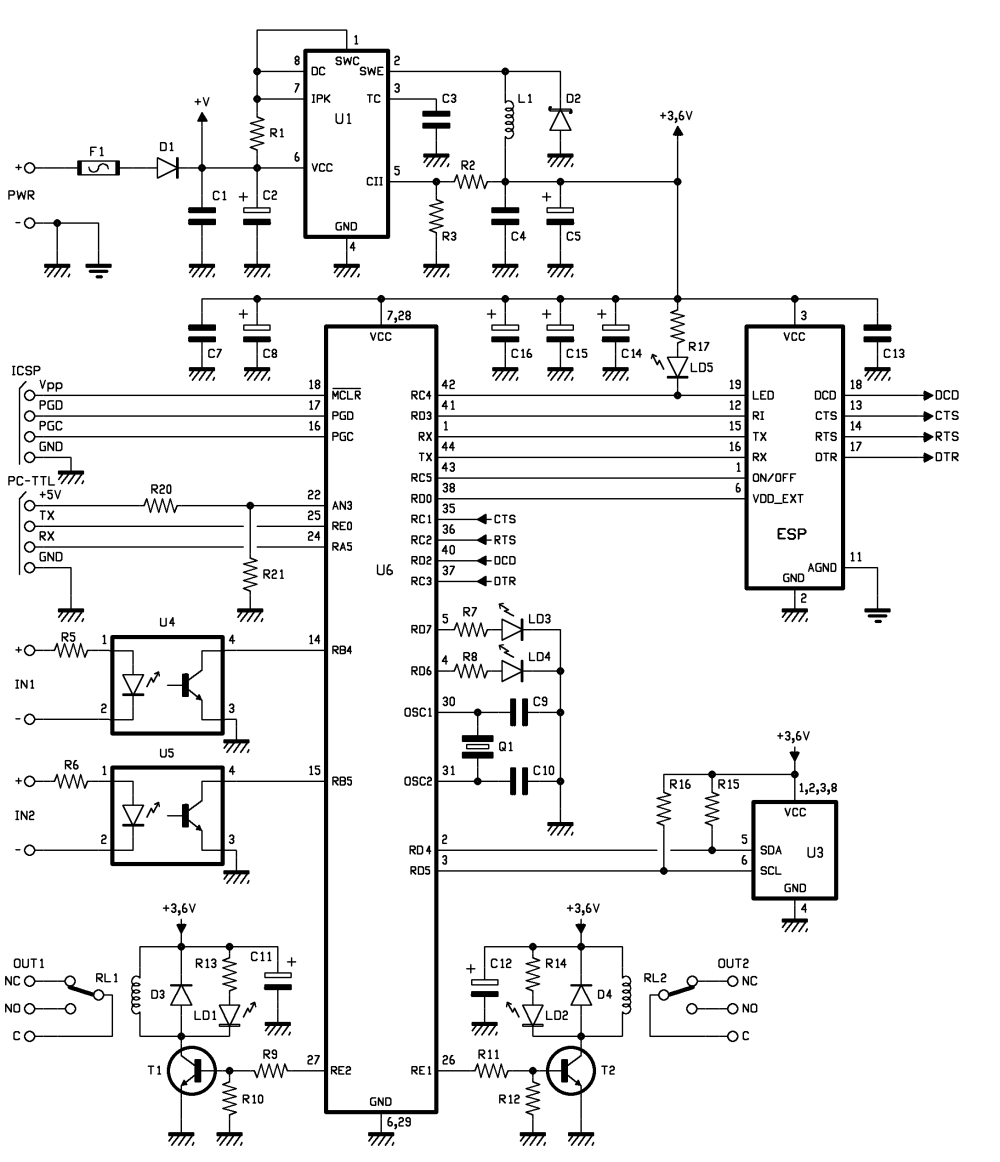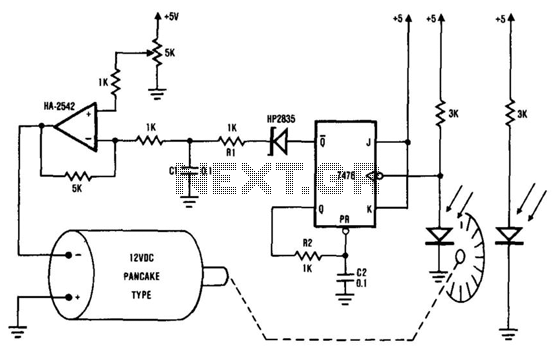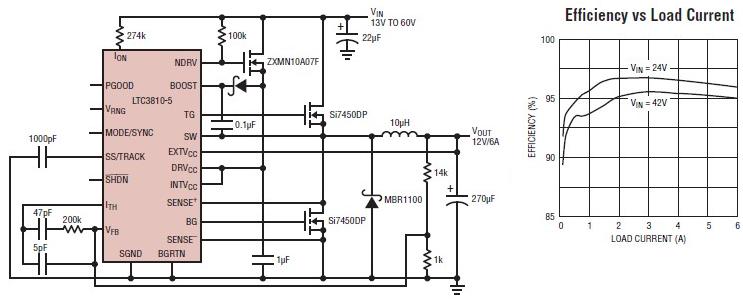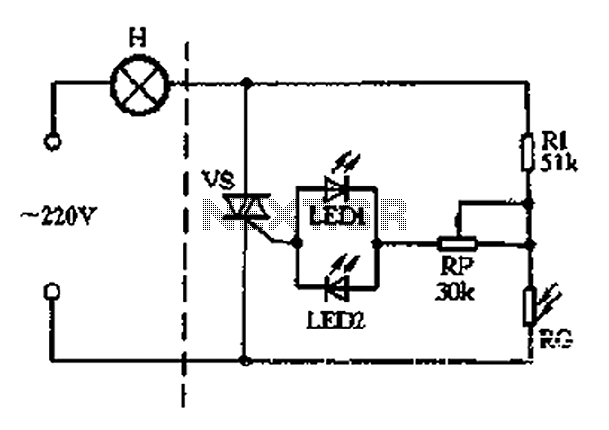
Baxandall Tone Control Circuits Using Two Transistor

This design circuit is a tone control circuit that utilizes the popular Baxandall configuration, a straightforward circuit layout that allows for continuous boost and cut control. The circuit is inexpensive to construct and is frequently implemented in commercial products. It comprises two transistors, which can be replaced with any general audio transistors that have a current gain greater than 100, such as BC547, 2N3904, and others. The supply voltage for this circuit ranges from 9 to 15V DC. The components used are low-cost and readily available at electronics component stores.
The tone control circuit based on the Baxandall configuration is designed to enhance audio signals by providing adjustable bass and treble controls. The circuit typically includes two stages of amplification using bipolar junction transistors (BJTs), which are selected for their suitability in audio applications due to their low noise and high gain characteristics.
In the Baxandall design, the first transistor serves as the input stage, where the audio signal is fed in. The gain of this stage is adjustable via a potentiometer, allowing for fine-tuning of the input signal level. The output of the first transistor is then connected to the second transistor, which further amplifies the signal. This configuration allows for a smooth transition between boosting and cutting frequencies, providing a user-friendly interface for sound customization.
The circuit requires a DC power supply within the range of 9 to 15V, which is typical for low-power audio applications. The choice of transistors is critical; general-purpose audio transistors, such as the BC547 or 2N3904, are recommended due to their favorable characteristics for audio signal processing. These components are widely available and cost-effective, making the circuit accessible for both hobbyists and professional applications.
Passive components such as resistors and capacitors are also integral to the design. The values of these components are selected to define the frequency response of the circuit, allowing for specific adjustments to bass and treble levels. Overall, the Baxandall tone control circuit is a versatile and efficient solution for enhancing audio quality in various electronic devices.This is design circuit of tone control circuit that is use very popular Baxandall configuration, a simple circuit configuration that provides boost and cut control in continuous manner. This circuit is very cheap to build, and it`s commonly implemented in commercial product. This circuit is built by two transistors. This is the figure of the schem atic. The transistors can be substituted by any general audio transistors with small current gain more than 100 (BC547, 2N3904, and many more). The supply voltage for this circuit is 9-15V DC. The components that is used is low cost and can buy in component electronics store. 🔗 External reference
The tone control circuit based on the Baxandall configuration is designed to enhance audio signals by providing adjustable bass and treble controls. The circuit typically includes two stages of amplification using bipolar junction transistors (BJTs), which are selected for their suitability in audio applications due to their low noise and high gain characteristics.
In the Baxandall design, the first transistor serves as the input stage, where the audio signal is fed in. The gain of this stage is adjustable via a potentiometer, allowing for fine-tuning of the input signal level. The output of the first transistor is then connected to the second transistor, which further amplifies the signal. This configuration allows for a smooth transition between boosting and cutting frequencies, providing a user-friendly interface for sound customization.
The circuit requires a DC power supply within the range of 9 to 15V, which is typical for low-power audio applications. The choice of transistors is critical; general-purpose audio transistors, such as the BC547 or 2N3904, are recommended due to their favorable characteristics for audio signal processing. These components are widely available and cost-effective, making the circuit accessible for both hobbyists and professional applications.
Passive components such as resistors and capacitors are also integral to the design. The values of these components are selected to define the frequency response of the circuit, allowing for specific adjustments to bass and treble levels. Overall, the Baxandall tone control circuit is a versatile and efficient solution for enhancing audio quality in various electronic devices.This is design circuit of tone control circuit that is use very popular Baxandall configuration, a simple circuit configuration that provides boost and cut control in continuous manner. This circuit is very cheap to build, and it`s commonly implemented in commercial product. This circuit is built by two transistors. This is the figure of the schem atic. The transistors can be substituted by any general audio transistors with small current gain more than 100 (BC547, 2N3904, and many more). The supply voltage for this circuit is 9-15V DC. The components that is used is low cost and can buy in component electronics store. 🔗 External reference





